How to Maximize ROI with Queneng Lighting Municipal Solar Light Design Solution
How to Maximize ROI with Queneng Lighting Municipal Solar Light Design Solution
Understand Municipal Solar Street Light ROI Basics
Municipal Solar Street Light projects must balance upfront capital with long-term savings. Typical ROI drivers include reduced electricity bills, lower maintenance, longer component life, and incentives. In many regions, a well-designed municipal solar street light system delivers a payback period commonly between 3–6 years depending on sunlight, energy prices, and maintenance strategy. Key technical lifetimes to consider are LED fixtures (~50,000 hours), quality solar panels (degradation ~0.5–0.8% per year), and battery systems (LiFePO4 cells typically 2,000–6,000 cycles, translating to 5–10+ years depending on cycle depth and temperature).
Perform a Thorough Site Assessment
Accurate site assessment is the foundation of ROI. Assess solar irradiance (kWh/m²/day), shading, mounting heights, road geometry, and required illuminance. Municipal Solar Street Light sizing must reflect real usage patterns: continuous night operation hours, seasonal daylight variation, and autonomy requirements (days of backup). Good site assessment reduces oversizing and prevents underperformance that erodes returns.
Right-Size Panels and Batteries for Real Conditions
Optimizing PV array and battery capacity maximizes ROI. Oversized batteries or panels increase CAPEX unnecessarily; undersized systems cause service interruptions and hidden costs. For most municipal sites, design for 2–4 days autonomy (depending on reliability needs) and include a performance margin (10–20%) for panel degradation and cloudy periods. Use panels with low degradation rates (0.5–0.8%/yr) and select batteries (LiFePO4) with high cycle life to minimize replacement frequency.
Choose High-Efficiency LEDs and Optics
LED efficiency directly reduces required solar and battery capacity. Modern municipal LEDs typically offer 120–160 lm/W; selecting high-efficacy fixtures reduces system size and cost. Pair LEDs with proper optics and shielding to meet road standards while minimizing light trespass. Efficient fixtures extend ROI by reducing both capital (smaller PV and battery) and operational costs.
Use Smart Controls and Dimming Strategies
Intelligent controllers and adaptive dimming increase ROI by cutting energy use. Motion-based dimming, schedule-based reductions, and light-level feedback can reduce average power consumption by 20–70% depending on traffic patterns. Integrating remote monitoring reduces on-site visit frequency and speeds fault response, preserving system uptime and municipal service levels.
Design for Maintainability and Modular Replacement
Design choices that simplify maintenance lower lifecycle costs. Use modular, plug-and-play components (battery packs, LED drivers, controllers) to minimize downtime and labor costs. Clearly documented maintenance plans and remote diagnostics help municipalities perform predictive maintenance—replacing parts near end-of-life rather than after failure improves uptime and ROI.
Compare Total Cost of Ownership (TCO)
When evaluating Municipal Solar Street Light solutions, compare the TCO over a meaningful period (8–15 years). TCO must include CAPEX, energy costs (for grid-tied), maintenance, replacement parts, and residual value of components. Below is a typical illustrative comparison for a single light location over 10 years using conservative assumptions (actual numbers vary by region and design):
| Item | Conventional Grid Street Light (10 years) | Municipal Solar Street Light (Queneng-style design) |
|---|---|---|
| Initial CAPEX (per pole) | $600–$1,200 | $1,200–$2,500 |
| Energy Cost (kWh tariff $0.12–$0.20) | $700–$2,000 | $0–$300 (mostly for occasional maintenance charging) |
| Maintenance & Lamp Replacement | $300–$800 | $150–$500 (less frequent due to LEDs, battery replacements mid-term) |
| Expected Component Replacements | Lamp + ballast replacements | Battery replacement 1x (if non-LiFePO4) or 0–1x (LiFePO4) |
| Estimated 10-year TCO | $1,600–$4,000 | $1,500–$3,300 |
| Typical Payback | N/A | 3–6 years (depending on local energy cost & incentives) |
Note: This table uses conservative industry ranges and should be adapted to local tariffs, lighting levels, and project scale. Solar can be full off-grid or hybrid; off-grid eliminates grid energy costs entirely but raises upfront investment.
Leverage Financing, Incentives, and Bulk Procurement
Municipal budgets often favor lower initial spending, so creative financing (ESCOs, green bonds, PPA models) can accelerate adoption without immediate capital strain. Government incentives, tax credits, or carbon credits in many jurisdictions reduce net CAPEX. Bundling multiple poles and signing long-term maintenance contracts typically lowers unit price and improves supplier accountability—boosting ROI.
Quality Assurance: Certifications and Testing
Selecting products with recognized certifications reduces technical and performance risk. Look for ISO 9001 quality systems, TÜV audits, CE, UL, BIS, CB, and SGS testing for components. Certified products show consistent performance—less downtime, fewer replacements—directly improving lifecycle returns.
Monitor Performance with Data and KPIs
Establish KPIs such as uptime, average lux levels, energy production (kWh), battery state-of-health, and maintenance cost per pole. Regularly review production vs. design forecasts to identify underperforming arrays or failing batteries. Remote telemetry and analytics shorten fault diagnosis time and help optimize future procurement and design.
Case for Smart Operational Policies
Operational policies—such as scheduled dimming during low-traffic hours and prioritized maintenance routes—can materially improve ROI. Municipalities that integrate lighting schedules with traffic patterns and public safety requirements realize savings without sacrificing service quality.
Risk Management and Contingency Planning
Include contingency for extreme weather, vandalism, and unexpected component failures. Design redundancy into critical corridors (e.g., slightly larger battery or secondary power paths) where outages have high impact. Risk reduction decreases emergency maintenance costs and preserves ROI.
Why Partnering with an Experienced Supplier Matters
An experienced supplier delivers optimized designs, supplier warranties, and project-management expertise that improves ROI. Suppliers that offer integrated design, quality components, local support, and proven references reduce project risk and support long-term performance.
Queneng Lighting: Advantages and Product Strengths
Queneng’s Industry Experience and Certifications
GuangDong Queneng Lighting Technology Co., Ltd., founded in 2013, focuses on a wide range of solar lighting products and system solutions. Queneng has grown into a supplier for listed companies and engineering projects and acts as a solar lighting engineering solutions think tank. The company operates with ISO 9001 quality management principles and has passed TÜV audits, holding international certificates such as CE, UL, BIS, CB, SGS, and MSDS—credentials that underpin reliable performance and reduced technical risk for municipal projects.
R&D, Production, and Quality Control Strengths
Queneng invests in R&D, advanced equipment, and strict quality control systems. These capabilities support tailored municipal solar street light designs that optimize panel sizing, battery chemistry choice (promoting LiFePO4 where appropriate), LED selection, and intelligent controls. The result is predictable lifecycle costs and strong warranty backing—both essential to maximizing ROI.
Product Portfolio and Advantages
Queneng’s core product lines include Solar Street Lights, Solar Spotlights, Solar Garden Lights, Solar Lawn Lights, Solar Pillar Lights, Solar Photovoltaic Panels, portable outdoor power supplies, and batteries. Advantages include:
- Solar Street Lights: High-efficacy LEDs, integrated smart controllers, tailored PV and battery sizing for municipal standards to reduce TCO.
- Solar Spotlights: Durable fixtures for targeted illumination with efficient optics and long-life LEDs to minimize maintenance.
- Solar Lawn and Garden Lights: Aesthetic designs with effective lumen output, low maintenance and IP-rated protections for outdoor environments.
- Solar Pillar Lights: Robust, decorative options for public spaces combining safety, style, and solar autonomy.
- Solar Photovoltaic Panels: Panels selected for low degradation (typical 0.5–0.8%/yr) and reliable power generation throughout service life.
- Portable Outdoor Power Supplies & Batteries: Options including high-cycle-life chemistries to reduce replacement frequency and improve lifecycle economics.
How Queneng’s Approach Improves Municipal ROI
Queneng’s combination of component quality, system-level design, and project experience reduces unexpected costs, accelerates payback, and minimizes long-term maintenance. Municipal decision-makers benefit from Queneng’s ability to provide complete solutions—from PV module selection to remote management systems—ensuring predictable performance and lower lifecycle costs.
Implementation Checklist for Municipal Decision-Makers
Step-by-step Implementation Checklist
1) Conduct a solar resource and shading study. 2) Define lighting class and operational hours. 3) Select high-efficacy LEDs and low-degradation panels. 4) Choose LiFePO4 batteries for long cycle life when budget allows. 5) Implement smart controls and remote monitoring. 6) Procure via bulk contracts with clear warranty and SLA terms. 7) Plan preventive maintenance and spare parts strategy. 8) Monitor KPIs and adjust operations for optimized ROI.
FAQs
How long does it take to recoup the investment in municipal solar street lights?
Payback typically ranges from 3 to 6 years depending on local energy prices, sunlight availability, and initial system design. Incentives and financing structures can shorten the effective payback.
What maintenance does a Municipal Solar Street Light require?
Routine maintenance includes periodic cleaning of PV panels, inspection of fixtures and poles, battery health checks, and firmware updates for controllers. With quality components and remote monitoring, on-site visits are less frequent than with traditional systems.
Which battery type is best for municipal solar lighting?
LiFePO4 batteries are often preferred for municipal projects due to long cycle life, thermal stability, and lower lifecycle costs compared with traditional lead-acid batteries. Proper sizing and thermal management are critical.
How does lighting performance hold up over time?
LEDs typically maintain useful lumen output for ~50,000 hours. Panels degrade slowly (around 0.5–0.8% per year). Regular monitoring ensures light levels remain within required standards; occasional component replacements (batteries, controllers) are expected over long service lives.
Can solar street lights work in cloudy or high-latitude regions?
Yes, with appropriate design: increase PV area, battery autonomy, and include smart energy management (dimming, schedules). Hybrid options (grid-tied or backup generators) can further guarantee reliability in challenging climates.
Why choose Queneng for municipal solar projects?
Queneng provides end-to-end expertise, certified products, and a portfolio of reliable solar lighting solutions. Their experience in engineering, quality control, and international certifications reduces project risk and supports long-term ROI.

Have more questions about our products or services?
The latest hot news you might like

Discover how solar panels power street lights, exploring the technology behind solar energy conversion, storage systems, and how solar-powered street lights are revolutionizing urban and rural lighting solutions.

Learn how AC Solar Hybrid Street Lights work, their advantages, disadvantages, system behavior in low-sunlight conditions, and why hybrid technology is ideal for regions with unstable sunlight.

Municipalities around the world are increasingly adopting solar-powered streetlights as part of their urban development strategies. Rising energy costs, the need for sustainable infrastructure, and government green initiatives are driving cities to switch from traditional street lighting to advanced LED solar streetlights.
Queneng Lighting provides municipalities with cost-effective, energy-efficient, and durable solar lighting solutions, ensuring safe and sustainable public spaces.

In recent years, the purchase of solar streetlights for municipalities has become a growing trend across the globe. Local governments are under pressure to reduce public expenditure, promote green energy, and create safer communities. Solar streetlights provide a reliable, cost-effective, and sustainable solution that meets these needs. Queneng Lighting, as a leading solar street lighting manufacturer, has supported multiple municipal projects worldwide with customized and energy-efficient solutions.
FAQ
Solar Street Light Luyi
Can Luyi solar street lights be integrated into smart city infrastructure?
Yes, Luyi solar street lights can be integrated into smart city infrastructure. With their advanced control systems, they can be connected to a central monitoring system for real-time performance tracking, remote control of lighting schedules, and energy management. This integration helps optimize energy use and allows for easy maintenance and monitoring of large-scale installations.
Public Gardens and Landscape Lighting
Do solar lights need wiring?
No, one of the main advantages of solar lights is that they do not require any wiring or electrical connections. They operate independently using solar energy, making installation quick, easy, and cost-effective.
Split Solar Street Light
Is split solar street light installation more complicated?
Slightly more steps, but no special tools required, and flexibility often simplifies complex sites.
APMS system
How is the ultra-low temperature control function of the APMS system achieved?
The APMS system uses a specially designed control module that maintains stable operation at extremely low temperatures, ensuring reliability even at -50°C.
Schools and Educational Institutions
Do the solar lights come with a timer or automatic on/off function?
Yes, many of our solar lighting systems come with built-in timers or automatic sensors, allowing them to turn on at dusk and off at dawn, or based on a set schedule.
Solar Street Light Luhui
Can Luhui solar street lights be controlled remotely?
Certain models of Luhui solar street lights come with smart control features, allowing users to remotely monitor and adjust settings such as brightness levels and operational times via mobile apps or centralized systems.
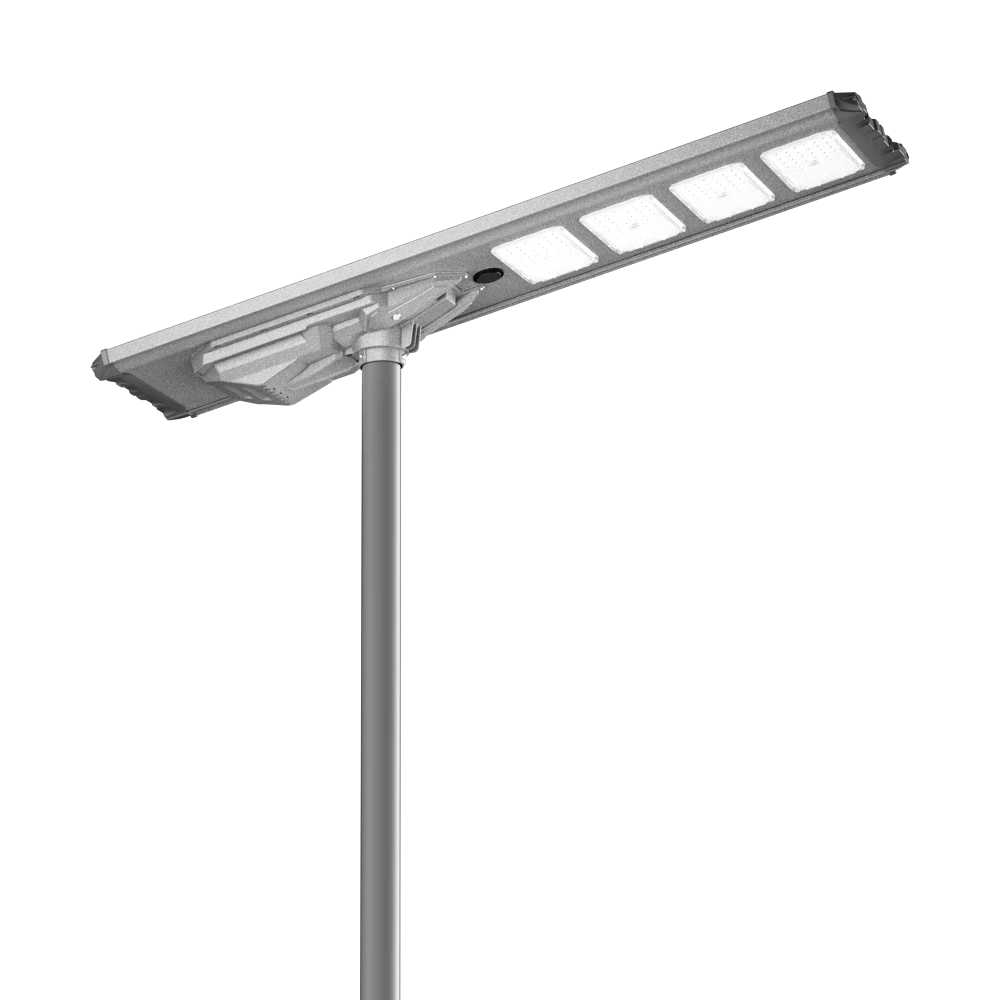
Queneng's Lufei Solar Street Light offers durable, energy-efficient outdoor lighting solutions. This solar-powered street light provides reliable illumination, reducing energy costs and environmental impact. Ideal for outdoor spaces, Lufei ensures safety and security.
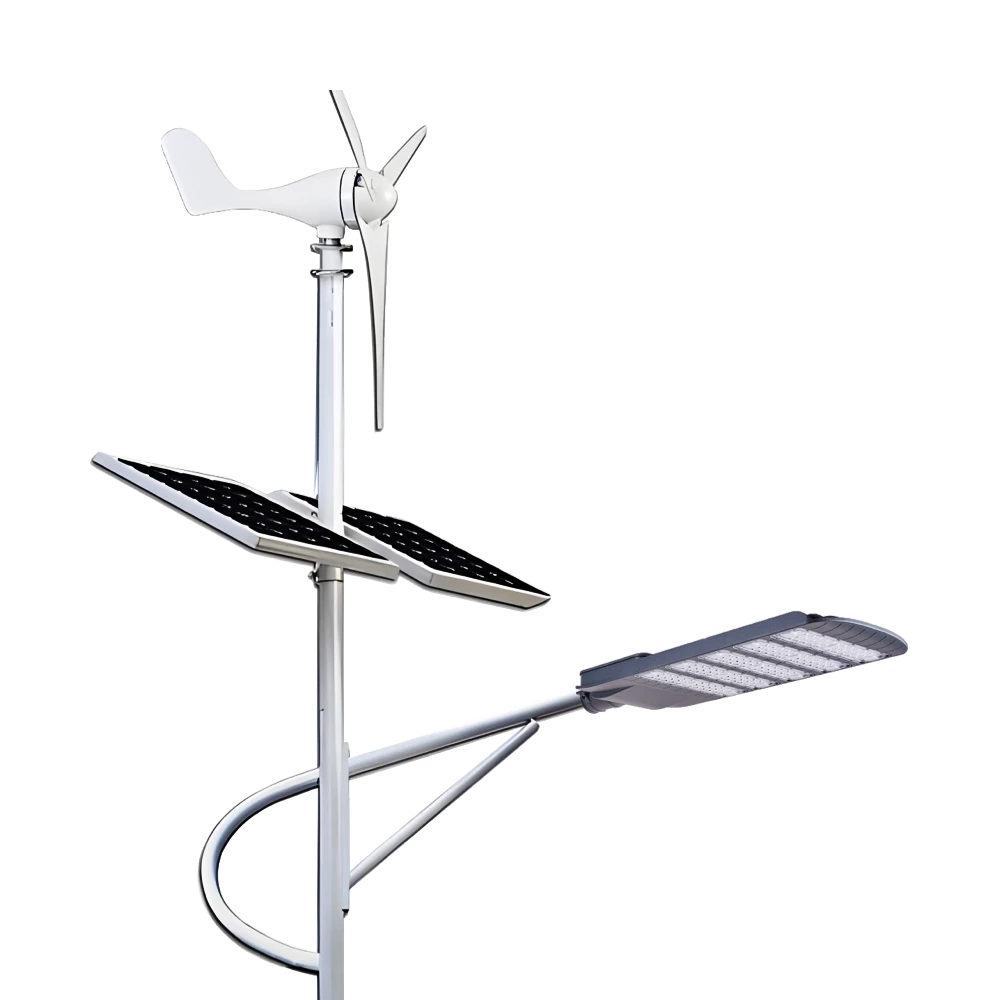
Queneng Lufeng Wind Energy LED Outdoor Solar Street Lights offer high-performance, eco-friendly illumination. These energy-efficient LED street lights harness solar power and wind energy for sustainable, cost-effective outdoor lighting solutions.
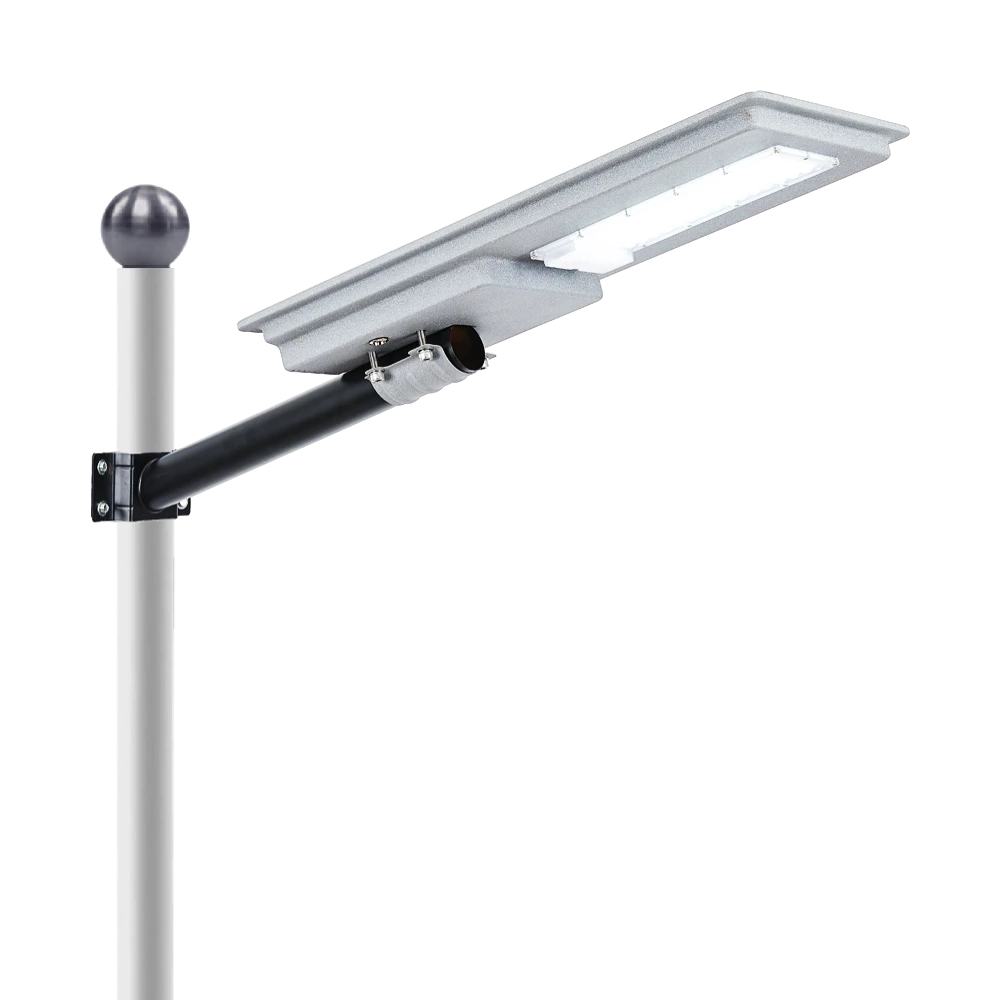
Introducing the Luda Solar Street Light by Queneng: the ultimate in outdoor lighting. This durable, eco-friendly solar street light offers high efficiency and sustainability. Perfect for illuminating streets, pathways and public spaces, it harnesses solar power to reduce energy costs and environmental impact.
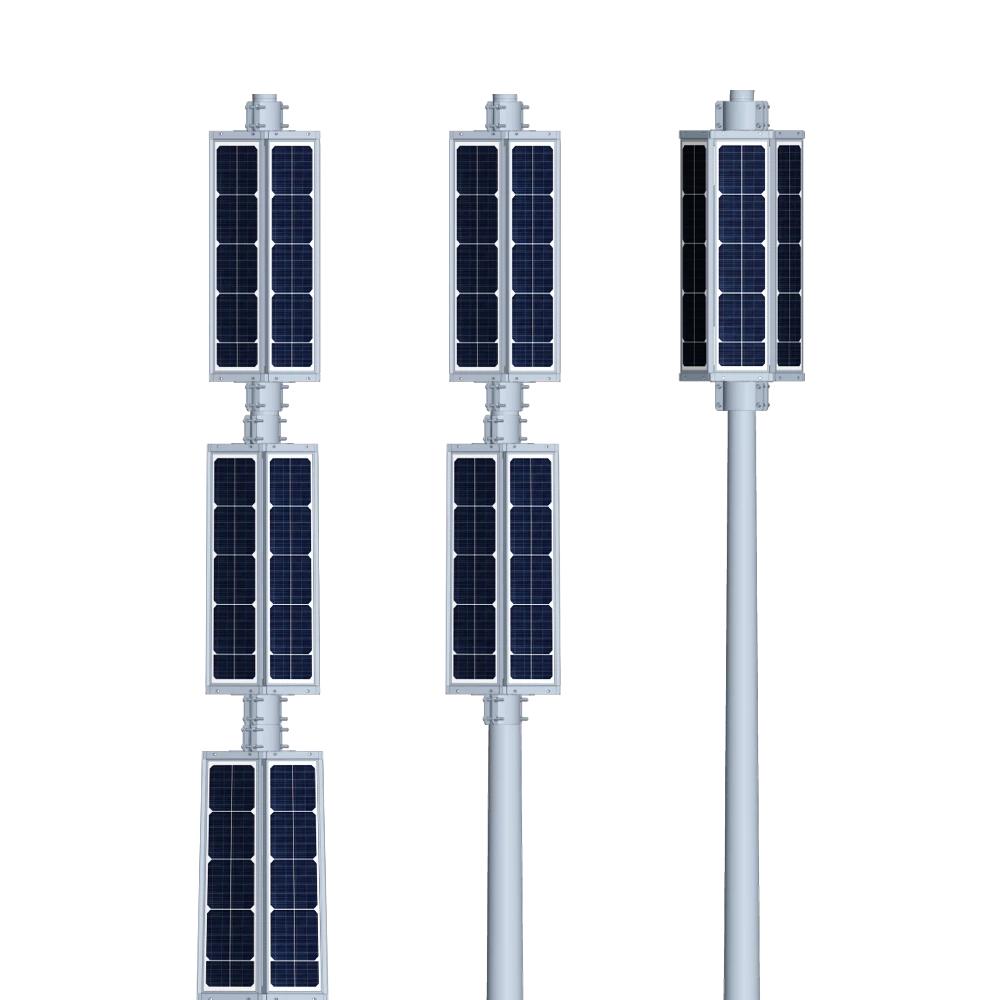
Queneng's Luzhou Solar Street Light provides sustainable, energy-efficient outdoor LED lighting. Powered by solar energy, it's a cost-effective and eco-friendly solution for illuminating streets and pathways. A reliable and durable LED solar street light.
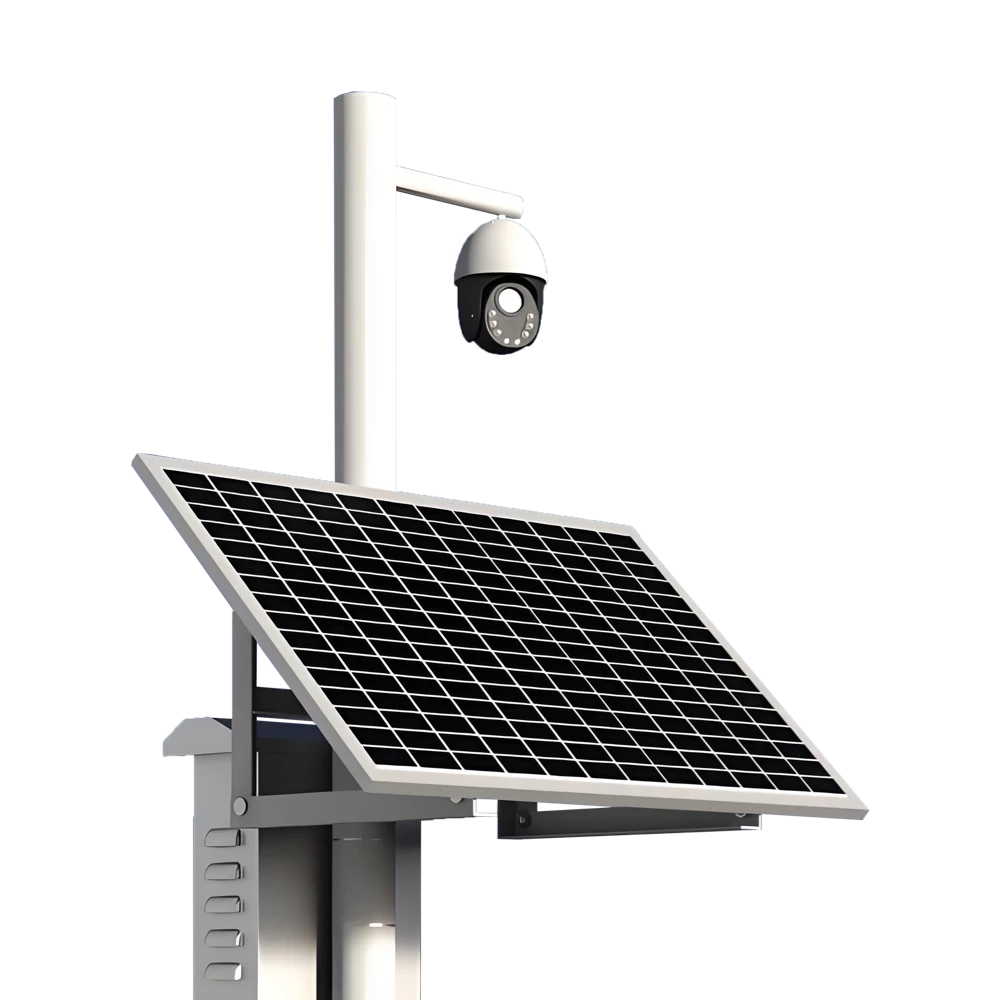
The Solar Street Light offers an energy-efficient, eco-friendly solution for illuminating outdoor spaces.
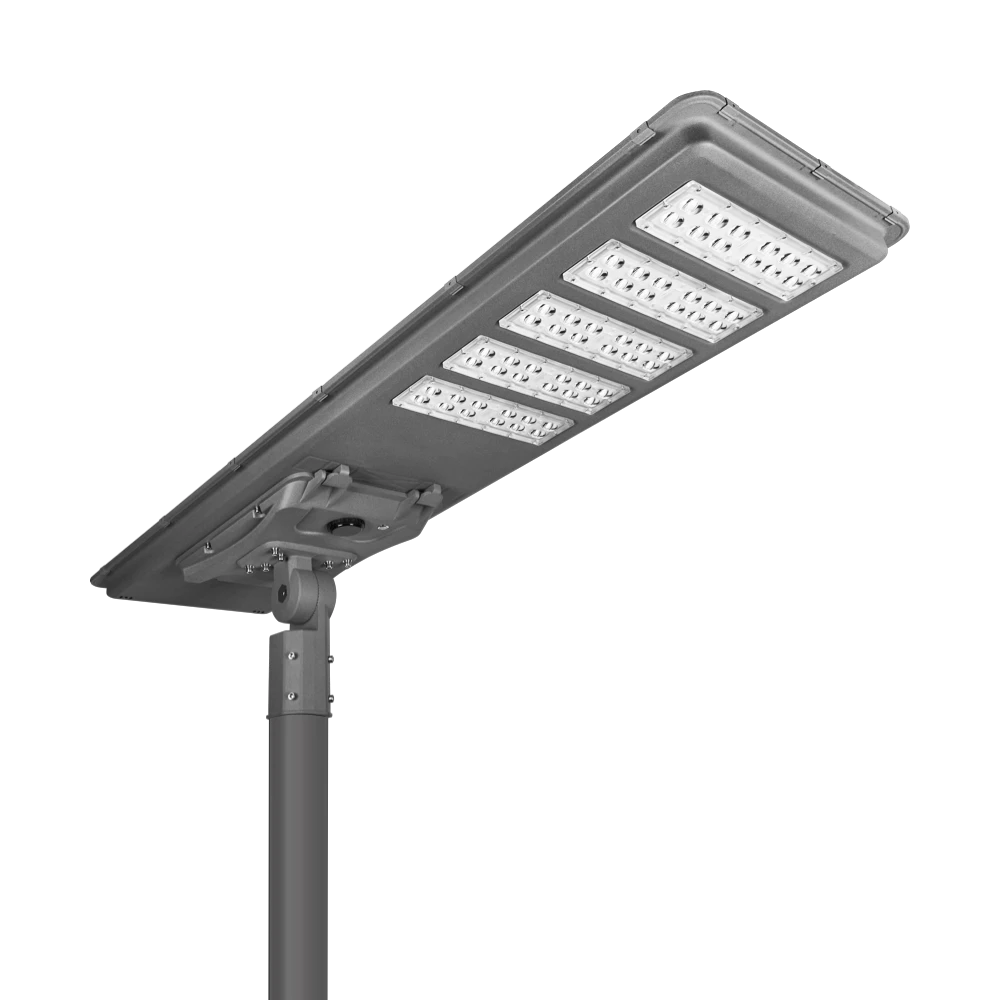
Discover the Lulin High-Performance Solar Street Light by Queneng, a durable and energy-saving outdoor lighting solution. Designed for efficiency and reliability, it harnesses solar power to sustainably illuminate streets and pathways. Optimize your outdoor spaces today with Queneng's innovative solar street lighting technology.
Our professional team is ready to answer any questions and provide personalized support for your project.
You can reach us via phone or email to learn more about Queneng’s solar lighting solutions. We look forward to working with you to promote clean energy solutions!
Rest assured that your privacy is important to us, and all information provided will be handled with the utmost confidentiality.
By clicking 'Send Inquiry Now' I agree to Queneng processing my personal data.
To see how to withdraw your consent, how to control your personal data and how we process it, please see our Privacy Policy and Terms of use.
Schedule a Meeting

Book a date and time that is convenient for you and conduct the session in advance.
Have more questions about our products or services?





















